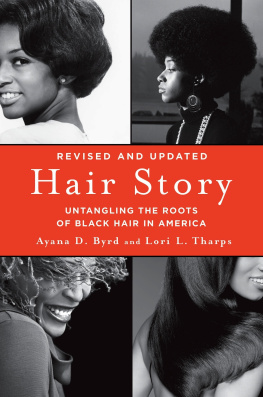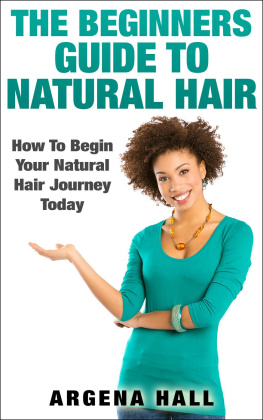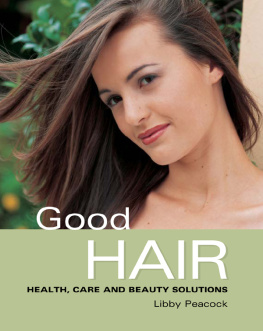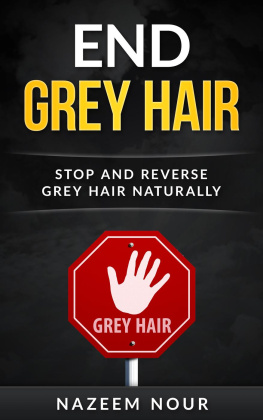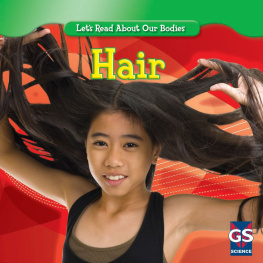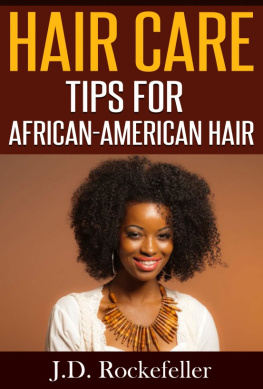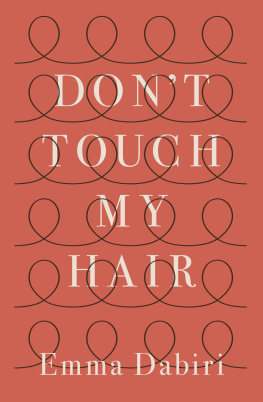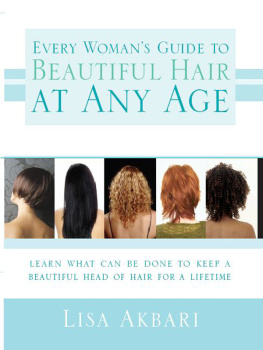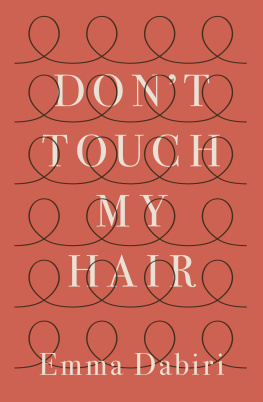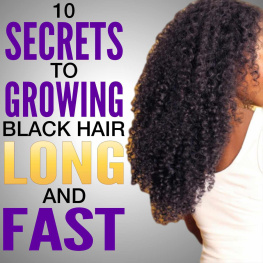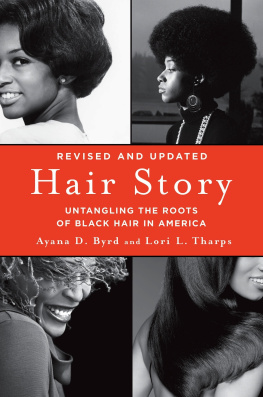A YANA D. B YRD AND L ORI L. T HARPS
The author and publisher have provided this e-book to you for your personal use only. You may not make this e-book publicly available in any way. Copyright infringement is against the law. If you believe the copy of this e-book you are reading infringes on the authors copyright, please notify the publisher at: us.macmillanusa.com/piracy.
For Dayvon Baldwin, Samuel R. Byrd,
Manuel J. Malia, Quincy and
Morris Tharps, and Stephanie Williams
Acknowledgments
This could not have happened without the support and love of our families and friends, who are too numerous to list by name but who each individually contributed in their own special, much-needed ways. A special thanks to the Tharps, Price-Williams, Byrd, Malia-Camacho, Winston-Porter-Pope, and Baldwin-Taylor families.
The inspiration for Hair Story began in a Belgian beauty salon and in a living room in Morocco. The idea was developed in two separate projects at Barnard College and Columbia Universitys Graduate School of Journalism. Much sincere thanks and appreciation to those professors who encouraged us to take the next stepHelen Benedict, Lynn Chancer, Natalie Kampen, and Les Lessinger.
Special thanks to Dave Bry and the Vibe Research Department for bringing us together and to our diner in Brooklyn Heights for nourishing us (literally) as we took the first slow, faltering steps of putting thoughts to paper; Marie Brown, the most laid-back literary agent, who not only sold us on the idea that we could do this but then convinced the rest of the world. To Glenda Howard and the people at St. Martins Press, who have shared our excitement and enthusiasm and helped fine-tune the vision behind this book.
It took about one week of writing to realize that this would only be possible with the assistance of others. Wed especially like to thank Ernest Montgomery, photo editor extraordinaire, for being both brilliant and cost-effective; Samuel R. Byrd for his artistic genius and speed; Asali Solomon for catching all of our most obvious mistakes and making us sound literate; Dana King, our amazing researcher, for her contributions, suggestions, and belief in our project; Miko McGinty for all your design directives and creative eye; Manuel Malia for his eagle-eye copyediting and constructive criticism; Gael Levin, Karen R. Good, and Christian Bernard for their computers and friendly encouragement; Tesha McCord for her legal advice; to Alfonso Smith for the photos; April Garrett for her bottomless Rolodex; Andrew Gillings for the access code; Kofi Taha for, as always, stepping in and saving the day; Godwin Mensah for technical support and a glimpse into Ghana; Fallon Scoggins and Mia Herndon; all of the women and men who shared their hair stories, providing us with many of the anecdotes in the book; to the friendly security guard at Entertainment Weekly who kept us safe after hours.
Thanks to the Solomon familyRochell and James for giving up a Sunday football game to recount their hair stories and Akiba for photo-documenting the outrageousness of her eighties hair; ALelia Bundles for always cheerfully providing the answers to our endless barrage of questions; Nat The Bush Doctor Mathis for sharing his life with us over a Chinese dinner and for proving to the world that Black hair is worth immortalizing; Carolivia Herron, bell hooks, Dr. Cheryl Ajirotutu, Harriette Cole, Lloyd Boston, Geri Duncan Jones and the AHBAI, Bernice Calvin, Marcia Gillespie, and Glynn Jackson for their insights into the world of Black hair culture; the Indiana Historical Society and New Yorks Schomburg Research Library; Willie Morrow for just being himself; the supportive staffs of Entertainment Weekly, Vibe, and Rolling Stone magazines; Dawn Baskerville at InStyle; MOET (Men of Ego Trip); Santi White for always understanding that sometimes this book needed to come first; and Shanita (just because).
Inspiration from the spirits and lifes work of Madam C. J. Walker and Annie Turnbo Malone; Assatta Shakur and Angela Davis; and Lisa Jones, who first brought the hair beat to the masses. And to Florence Price, whose outrageous statements and no-holds-barred opinions of what hair should look like have been a constant inspiration and an almost constant cross to bear.
Authors Note
We often like to tell the story of how Hair Story came to be. Back in 1997, we were both fact-checkers at Vibe magazine, and its an understatement to say we worked long hours. So, one night around midnight, our supervisor asked if we were aware that the two of us shared an academic-y fascination with Black hair. Ayana had created a two-year-long honors program project on Black hair, Black women, and beauty ideals as an undergraduate, and Lori wrote her masters thesis on the politics, business, and history of Black hair. Suddenly shaken from our sleepy delirium, we started to talk about hair and realized wed each found a kindred spirit in the other, one who saw the need for serious scholarship on the topic. For the next few weeks we shared our personal hair stories, learning that we had much in common.
Growing up in Philadelphia and Milwaukee and then in our lives as transplanted New Yorkers, we knew Black people had hair on the brain as much as we did. And that other ethnic groups had questions and ideasboth good and badabout what they saw on Black peoples heads. We were teenagers when the newspapers were filled with stories of African-American women who were losing their jobs on account of their braided hairstyles; we both came of age when the Jheri Curl was all the rage and knew people who rocked the style way past its heyday; and even though we grew up in totally different areas of the country, we both heard whispers about good hair and knew what it meant if you didnt have it.

